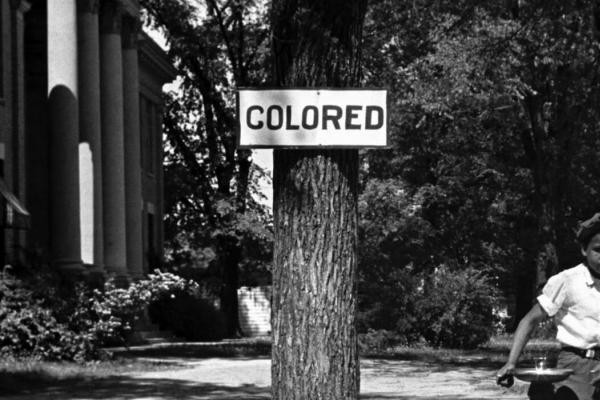THERE IS A short film embedded in the wall just to the left of the welcome desk in the lobby of the Equal Justice Initiative’s new Legacy Museum, which opened to the public on April 26. The first time I visited the museum, I stood in a crowd watching the video and tried to comprehend the story. An African-American girl clung to her father’s neck as he carried her, walking slowly toward white men standing in a field. The setting? The Antebellum South.
That film left me weeping—near wailing—right there in the lobby.
A few weeks later, I returned with participants on a weeklong pilgrimage through the history of the control of African bodies on U.S. soil. The journey—offered for continuing education and graduate credit through Greenville University—began in Montgomery, Ala., at the Legacy Museum. Each of the participants watched the video. One woman was so overwhelmed with grief that she had to leave the museum.
The Legacy Museum and the accompanying National Memorial for Peace and Justice shine light on details that have been hidden from us. They help us understand the humanity of the oppressed and the cruelty of slavery, Jim Crow, mass incarceration, and present-day police brutality.
Read the Full Article

